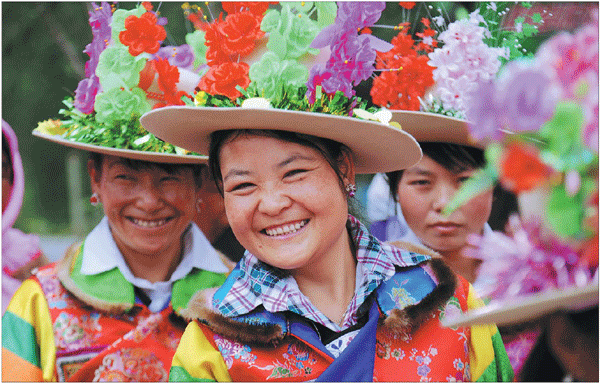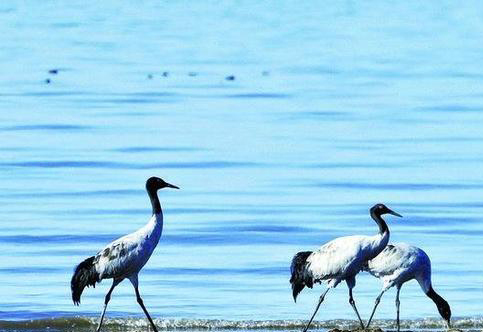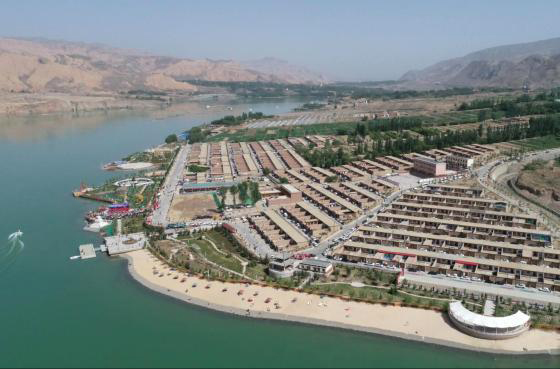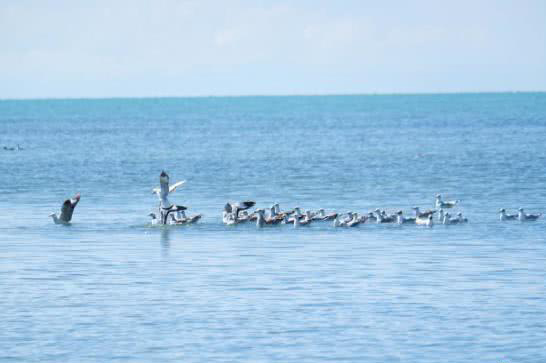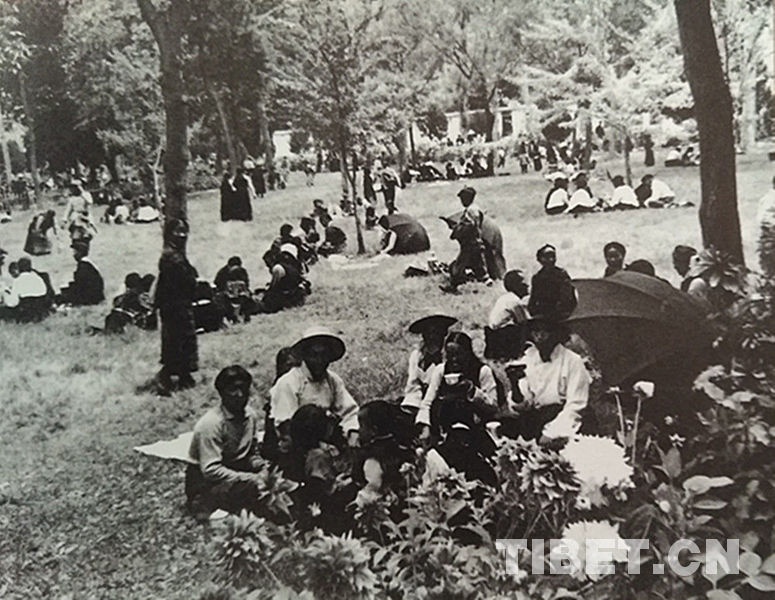Traveling to Tibetan-inhabited area in Qinghai
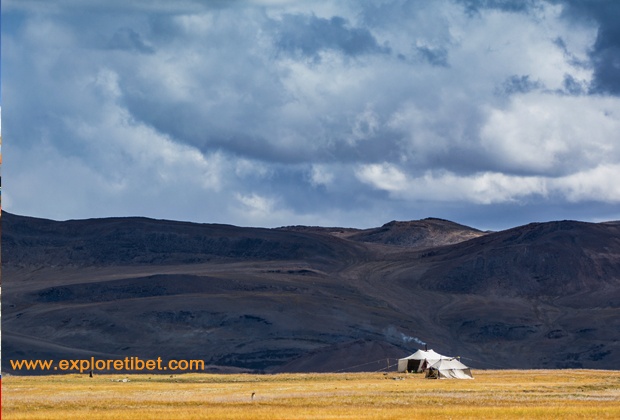
Nomad Life in Qinghai's Tibetan-inhabited area
Why choose to take a tour in Qinghai's Tibetan-inhabited area?
There are many reasons to take a tour in the Tibetan-inhabited area in northwest China's Qinghai province, not the least of which is the ability to experience the Traditional Tibetan culture without the permits international travelers need in order to visit the Tibet Autonomous Region. With four out of six autonomous prefectures where Tibetans make up the majority of inhabitants, a trip to Qinghai Province is the best way to see Tibetan culture without the need for additional permits.
Tibetan Monasteries
Qinghai contains many of the prime monasteries of Tibetan Buddhism, including the Kumbum Monastery near Xining, the Rongwo Monastery in Huangnan Tibetan Autonomous Prefecture.
Outstanding Scenery
Qinghai is also a great place to see the lower-altitude Tibetan landscapes, as it lies on the northeastern edge of the Qinghai-Tibet Plateau. In Qinghai Province, the plateau area starts as you leave Golmud, and rises up to the Kunlun Mountains, which stretch across the northeastern corner of the plateau. From there, the scenery gets even better, as the province also includes the Kekexili Nature Preserve, a vast area of grasslands between the Kunlun and Tanggula Mountain Ranges.
The Tibetan Nomad Experience
The plains of Qinghai are well known for having a host of Tibetan nomads that inhabit the region, herding their yaks across the plains following the lushest grass and the changing seasons. A unique people, the Tibetan nomads live in their yurts, yak-hair tents, throughout the summer season on the grasslands, moving on when they need to find fresh grazing for their animals.
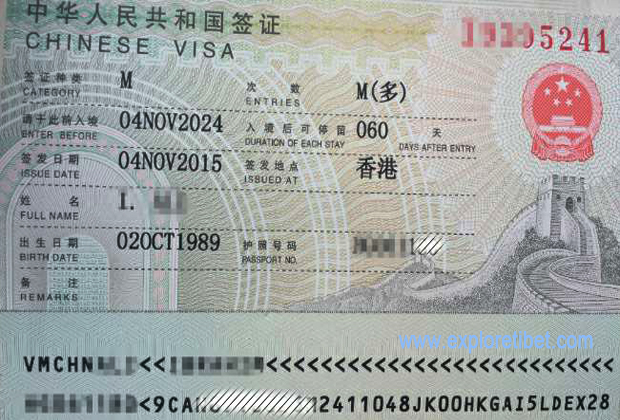
Chinese Entry Visa
What documents are needed for a Tour?
If you are planning a Tour to the Tibetan-inhabited area in Qinghai Province, then the required documents are relatively simple. All you need is the standard Chinese Entry Visa.
To get the visa, you need to make an application to the Embassy of the People's Republic of China in your home country. The application needs to include your passport, itinerary, two passport photos, proof of onward or return flights out of China, proof of your hotel booking in China, and the relevant fee, which can be found on the website of your local Chinese Embassy or you can contact to Tibet Travel Agency like Explore Tibet.
When is the best time for a tour?
Known as the "Summer Vacation Capital" of China because of the cooler climate, Qinghai Province is best visited in the summer months, when the weather is at its best for Travels in the region. While the summer runs from June to September, you can actually get good weather from May onwards, right up to the end of October, and with temperatures reaching around 18 degrees at most, it is the perfect time to take in the stunning scenery of Qinghai's Tibetan-inhabited area. Winter in Qinghai can be quite cold, especially in the areas of the province that are on the plateau, and can even be blocked by snow in the depths of winter.
Food and Accommodation
Tourism in Qinghai Province is already well developed, and the hotels in Qinghai are much the same as can be found everywhere else in China. Hotels range from economical three-star hotels to the luxury of good five-star hotels, mostly found in Xining, the provincial capital. In the outlying areas of Qinghai Province, in the areas around Tongren and Golmud, and further up onto the plateau, some of the accommodations can be poor to basic, but there are plenty of places to stay in almost the entire province.
Cuisine in Qinghai Province is exceptionally diverse, thanks to the variety of ethnic minorities that reside in the province, so you can find a wide range of cuisines in one place. Most of the great cuisines of China can be found in Qinghai, while the local flavors more reflect the Muslim influence from the west, and include a variety of mutton dishes, noodles, and the traditional Muslim flatbreads.
Mian Pian is a delightful noodle dish that is popular in Qinghai's capital, Xining, and when served with beef, it is a great way to warm up on a cold day. Mutton is a popular dish on the Qinghai grasslands, and is often served as "Mutton Eaten with Hands", while in much of the province, you can find the best in fresh lamb kebabs.
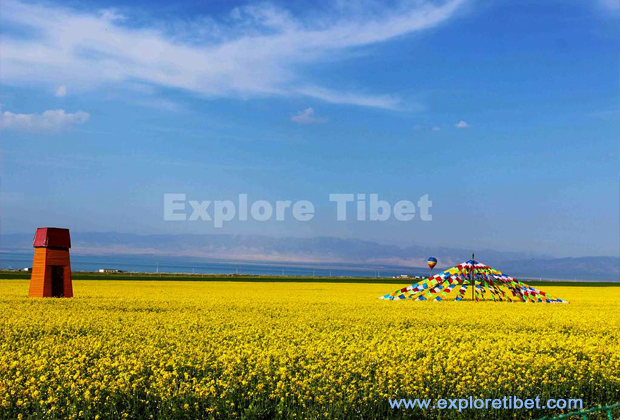
The Qinghai Lake
Top Sites
Despite many travelers writing that there is little to do in Qinghai, there are a multitude of places to visit and things to see and do. Qinghai Lake, which lies just outside Xining, is the largest salt lake in China, and is known locally as Koko Nor, an old Mongolian name. With 23 rivers and streams emptying into the lake, it is a surprise that it retains its saline waters.
On the boundary of the Qinghai-Tibet Plateau and the Loess Plateau, lies the 4,000 meter Sun and Moon Mountain. Lying between the monsoon and non-monsoon areas, the eastern side is filled with farms and crops while the western side lies in the vast grasslands of the Qinghai area of the Qinghai-Tibet Plateau, with its nomadic herders and the yak and sheep that graze there.
Ta'er Monastery, also known as the Kumbum Monastery, is a Tibetan Buddhist monastery that was constructed more than 400 years ago, and lies around 25 kilometers from Xining. A magnificent temple with halls and Lhakhangs in a mix of Han and Tibetan architecture, this beautiful gompa is the pinnacle of monasteries in Qinghai Province.
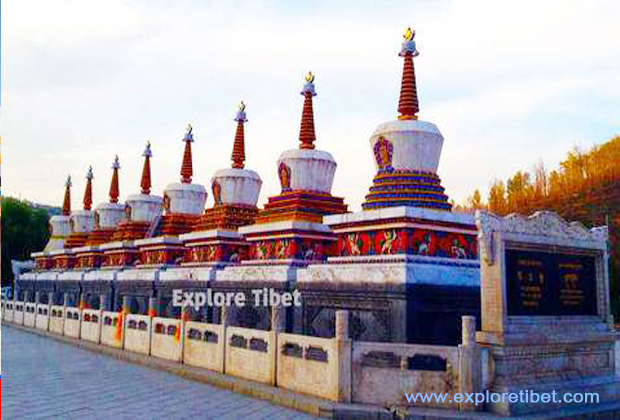
Stupas in Kumbum Monastery
Tibet Stories
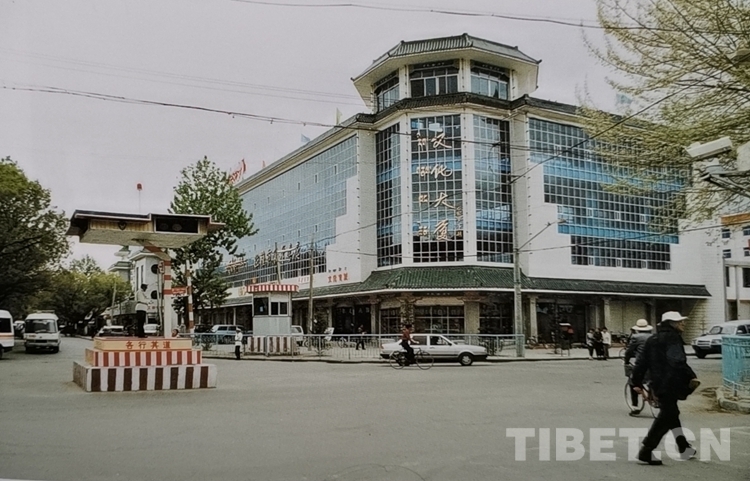
70 Years on: Drawing the newest, most beautiful blueprint on Tibetan Plateau
There have been three construction surges in Tibet in the last century.
